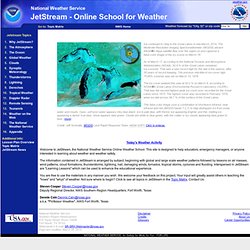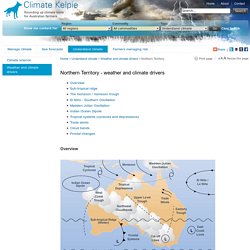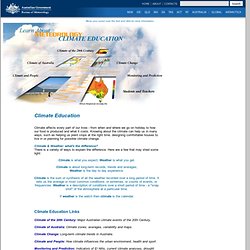

JetStream - An Online School for Weather. Ice continued to cling to the Great Lakes in mid-March, 2014.

The Moderate Resolution Imaging Spectroradiometer (MODIS) aboard NASAs Aqua satellite flew over the region on and captured a false-color image of the icy scene on March 18. As of March 17, according to the National Oceanic and Atmospheric Administration (NOAA), 82.8 % of the Great Lakes remained ice-covered. That sets a new record high for this late in the season, after 35 years of record keeping. The previous mid-March ice cover high, 75.85% covered, was set on March 15, 1978. The ice cover peaked this year at 92.2 % on March 6, according to NOAAs Great Lakes Environmental Research Laboratory (GLERL).
This false-color image uses a combination of shortwave infrared, near infrared and red (MODIS bands 7,2,1) to help distinguish ice from snow, water and clouds. Credit: Jeff Schmaltz, MODIS Land Rapid Response Team, NASA GSFC Click to enlarge. Northern Territory - weather and climate drivers. Overview Figure 1.

The major weather and climate drivers across Australia (Bureau of Meteorology 2010) The climate of the Northern Territory (NT) is distinctly different from that of southern Australia. The NT is so large that its climate varies greatly between its northern and southern extremities, ranging from a tropical climate in the north through to a semi-arid or desert climate in the south. The northern and, to a lesser extent, central parts of the NT experience two distinct seasons: the 'wet' (October to April)the 'dry' (May to September) Argo - integrated global observation strategy.
Bureau - Learn About Meteorology. Purpose In this section of our web site we would like to help you find the information you want quickly and easily.

Along the way we hope your awareness of what the Bureau of Meteorology has to offer will increase, and perhaps you will understand the field of meteorology better. Consider the following information as a starting point. Climate & weather: what's the difference? There is a variety of ways to explain the difference. Climate is what you expect; weather is what you get.
Climate is about long-term records, trends and averages; weather is the day to day experience. Climate is the sum or synthesis of all the weather recorded over a long period of time. If weather is the watch then climate is the calendar. What's Available We have resources such as brochures, reports and glossaries in the form of web pages and PDF documents. BoM - Learn About Weather. The Bureau of Meteorology has many brochures which are useful for school projects.

They may be downloaded directly from the internet or ordered as printed copies. Go to the Alphabetic List of Topics or Publications for a list of available materials and details on how to obtain them. Scientists in Schools Staff of the Bureau of Meteorology participate in the Scientists in Schools program on a voluntary basis. Email: scientistsinschools@csiro.au SciCommunity, a list of science outreach activities around Australia Look for science outreach events around Australia via the SciCommunity website. Visits to other science organisations The Sydney Observatory, Observatory Hill, The Rocks, Watson Road Open for booked, 90-minute school visits guided by a meteorology educator. Newcastle Museum, Honeysuckle Way There will be a new home for the museum this year (2011), and construction is under way. tel: (02) 4974 1400, email: nrmuseum@ncc.nsw.gov.au Weather Kit Victoria One kit is available for loan. Links. BoM - Climate Education.
Climate affects every part of our lives - from when and where we go on holiday to how our food is produced and what it costs.

Knowing about the climate can help us in many ways, such as helping us plant crops at the right time, designing comfortable houses to live in or planning for possible climate change. Climate & Weather: what's the difference? There is a variety of ways to explain the difference. Here are a few that may shed some light: Weather for Schools. Schools - what is weather.